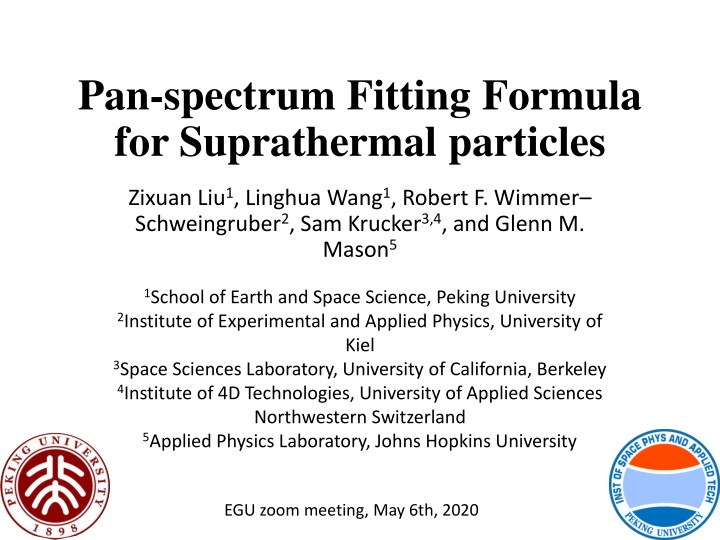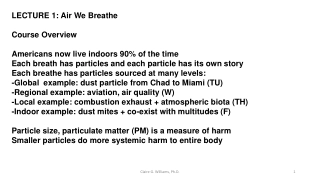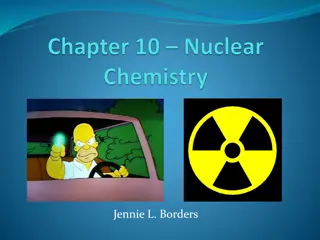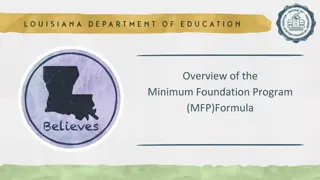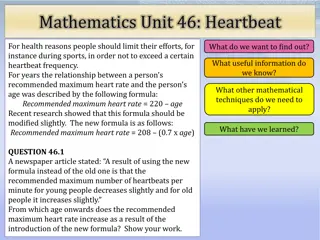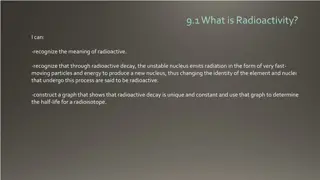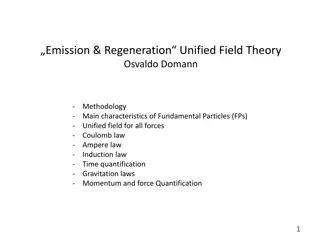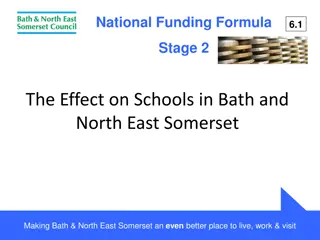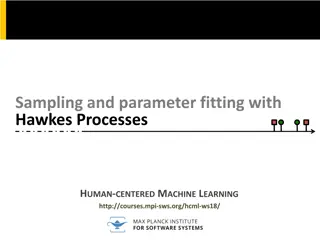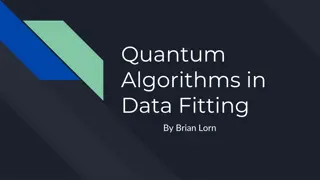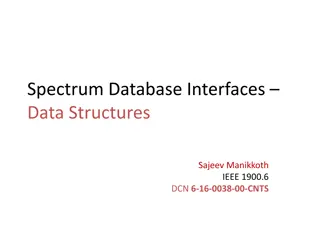Unified Pan-Spectrum Fitting Formula for Suprathermal Particles
Unifying spectrum formulas for suprathermal particles, the proposed pan-spectrum formula provides a versatile fitting method encompassing classic double-power-law, band function, and kappa distribution. Motivated by the need for more accurate spectrum information, the formula introduces five parameters for fitting enhancement and takes into account energy uncertainties. This innovative approach aims to advance the understanding of particle distributions in astrophysical environments.
Download Presentation

Please find below an Image/Link to download the presentation.
The content on the website is provided AS IS for your information and personal use only. It may not be sold, licensed, or shared on other websites without obtaining consent from the author.If you encounter any issues during the download, it is possible that the publisher has removed the file from their server.
You are allowed to download the files provided on this website for personal or commercial use, subject to the condition that they are used lawfully. All files are the property of their respective owners.
The content on the website is provided AS IS for your information and personal use only. It may not be sold, licensed, or shared on other websites without obtaining consent from the author.
E N D
Presentation Transcript
Pan-spectrum Fitting Formula for Suprathermal particles Zixuan Liu1, Linghua Wang1, Robert F. Wimmer Schweingruber2, Sam Krucker3,4, and Glenn M. Mason5 1School of Earth and Space Science, Peking University 2Institute of Experimental and Applied Physics, University of Kiel 3Space Sciences Laboratory, University of California, Berkeley 4Institute of 4D Technologies, University of Applied Sciences Northwestern Switzerland 5Applied Physics Laboratory, Johns Hopkins University EGU zoom meeting, May 6th, 2020
Outline Introduction Pan-spectrum formula & Fitting method Applications Summery and discussion
Introduction Spectrum formulae for suprathermal particles Ellison-Ramaty function (Ellison and Ramaty, 1985): Classic Double-power-law:
Band function (Band et al., 1993): Double-power-law with a gradual energy transition Transition energy is defined as: ???= ?2 ?1??
Kappa distribution (e.g., Maksimovic et al., 2005; Livadiotis and McComas, 2010; Tao et al., 2016 ): High energy tail with power-law distribution When tends to infinity, it becomes a Maxwellian distribution
Motivation Unify these commonly-used spectrum formulas to make fitting more general Provide more abundant and accurate spectrum information Improve the fitting method by considering the energy uncertainties
Pan-spectrum formula We require its first derivative to satisfy: ? ln? ? ln? we come up with the tanh function: ? ln? ? ln? 2 Integrate it and we get the pan-spectrum (PS) formula: = ?1, ?2, ? ?0 ? ?0 = ?1+ ?2 +?1 ?2 ? ln? ln?0 2 tanh 2 ?1 ?2 ? ? ? ?0 ? = ?? ?11 + It accidentally appears to have a form close to the empirical Nuker law (Lauer et al., 1995).
Fitting method In non-linear least-square algorithm, the reduced chi-square statistic is usually defined as: ? 2 ?? ? ??,? ??? 1 2= ?? ? ? 2 ?=1 where ? and ? are number of data points and parameters, ???is the standard deviation of ??, and ? = ?1,?2, ,?? is the vector of unknow parameters. If both ??and ??are not precise, the reduced chi-square statistic can have the form defined as: ? 2 ?? ? ??,? ??? 1 2= ?? ? ? 2??? 2+ ??? 2 ?=1 =?? ?? ?=?? where ???
Test data The red solid, dashed and dotted curves indicate the boundaries of 1 , 2 and 3 confidence regions
Applications for model selection (e.g., West et al., 2012)
Summery and discussion We propose a PS fitting formula for suprathermal particles measured in space, with 5 parameters: ?,?1,?2,?0and ? It incorporates the single-power-law, CDPL and ER functions, as well as the Kappa and Maxwellian distributions It provides an accurate transition energy and the sharpness of transition region It considers the uncertainties both in J and E With PS fitting, we are able to compare the spectral feature of different suprathermal particles, and quantitatively examine the interplanetary evolution of the spectral shape of solar suprathermal particles in the future.
